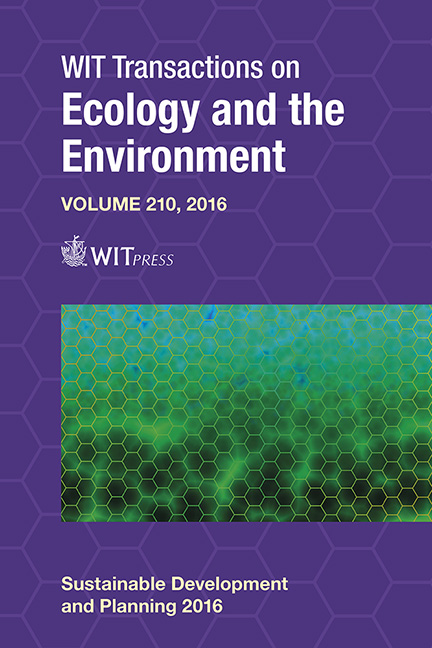Biophilic Urban Regeneration: Can Biophilics Be A Land Value Capture Mechanism?
Price
Free (open access)
Transaction
Volume
210
Pages
10
Page Range
65 - 74
Published
2017
Size
324 kb
Paper DOI
10.2495/SDP160061
Copyright
WIT Press
Author(s)
A. Cabanek, P. Newman
Abstract
There is strong evidence for environmental, economic and social benefits derived through the applied methodology of biophilic design. Early data on the impacts of biophilics provides evidence for the significant increase in urban land and property prices as well as the public value of ecosystem services. The need for urban regeneration has been proposed for cities to prevent the impact of urban sprawl to create more sustainable outcomes in energy, water and waste. To make urban regeneration happen requires an increase in urban amenities so that investment becomes worthwhile. This paper attempts to examine how biophilic elements of different scales can be used in urban regeneration and whether it can assist the regenerative city agenda. The land value capture mechanism has been proved successful in many North American cities. Through analysis of selected case studies, the paper demonstrates how the role of biophilics could be better implemented by governments and private investors as a core factor in creating urban regeneration projects.
Keywords
biophilia, biophilic design, urban regeneration, land value capture





